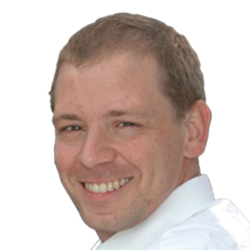Speaker Bio & Abstract

RIEGL Laser Measurement Systems GmbH
Austria
BiographyPeter Rieger is responsible manager for airborne laser scanning products at RIEGL Laser Measurement Systems GmbH located in Horn, Austria. He received a MSc degree in telecommunications engineering from the Vienna University of Technology in 2002. His research interests cover ranging techniques in scanning LiDAR, with emphasis on methods for resolving range ambiguities, full waveform analysis, and inertial navigation/GNSS. AbstractPeter Rieger, Martin Pfennigbauer | RIEGL Laser Measurement Systems
The continuously increasing demand of high resolution point clouds pushes airborne laser scanning operations to helicopter platforms operated at low altitudes, and even led to the recent advent of unmanned laser scanning from UAV platforms. However, high cost on the one hand, and limited endurance on the other hand often prevent from effective and cost-efficient operations.
New systems that entered the market recently are especially targeting high point density applications like power line mapping to be carried out from airplanes at safe altitudes, which was previously only possible to be done from helicopters. With a pulse repetition rate of 2 MHz, an effective measurement rate of up to 1,250,000 measurements per second, and a wide field of view of 75°, both instruments are ideally suited for corridor mapping, city modeling, and applications in agriculture and forestry.
We will present a comparison of recent instruments with regard to achievable area yield and point densities, and discuss the particular differences. Furthermore, we show data acquired with new state of the art LiDAR Systems operating at 1550nm and 1064nm respectively, highlighting the differences and advantages of the two wavelengths.